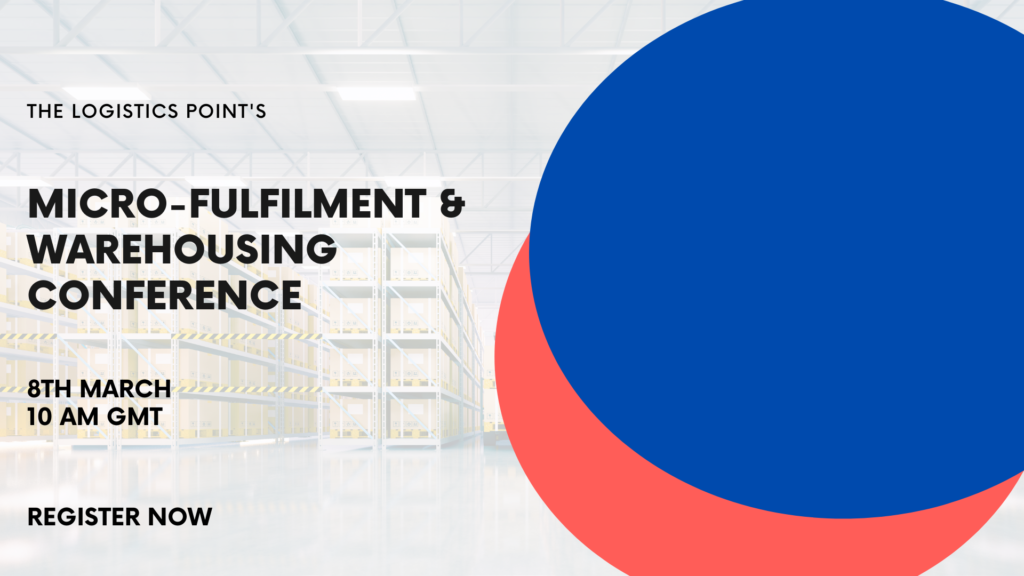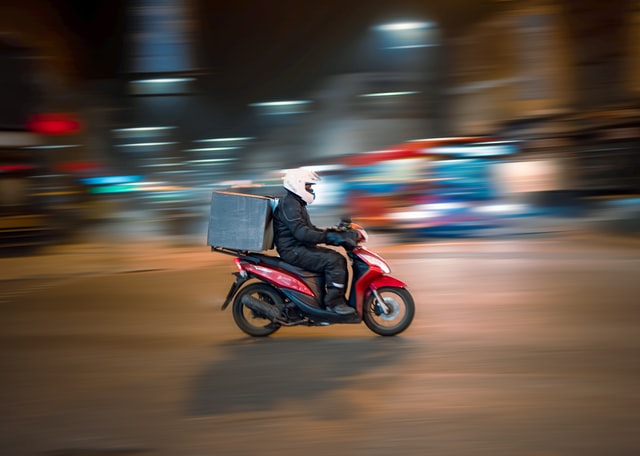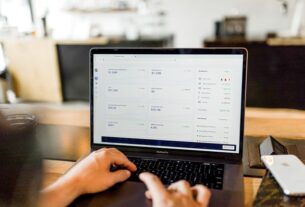With the growth of e-commerce and more people working from home, last mile logistics has experienced a huge growth. Companies are now looking into what the new normal will bring for their operations and how to improve customer’s service. DeliveryApp identifies future trends for same-day and final mile logistics for The Logistics Point.

Greener deliveries with carbon transparency
As big businesses strive to be greener and reduce their carbon footprint, the logistics industry is going to be called upon to provide more detailed metrics for each delivery and its carbon footprint.
As a result of this, couriers will be required to compete on the carbon footprint of their service and not just price. This will see growth for couriers offering greener and more sustainable services, whether that’s through carbon offsetting or through their vehicles completing the delivery. This will in-turn force independent carriers to upgrade their vehicles to EV, something the industry has been relatively slow to adopt at present, however with more cities
introducing clean air charges for commercial vehicles, and fuel prices steadily rising, it will make absolute sense to make the change sooner, rather than later, as infrastructure and product offer continues to move at pace. We expect the Ford E-Transit to be the first EV van which really starts to change the dial thanks to its 196 mile range.
Fairer Pay
Leaving the EU and the pandemic have undoubtably created vast change for the industry – the pandemic has increased the size of the market and leaving the EU has made the job market more competitive than ever.
Businesses had to adapt to stay afloat, traditional shop fronts moved to online and as a result, when businesses opened back up properly, the industry experienced a vast increase in demand.
At the same time, many European residents moved back to their home country at the start of the pandemic, something which may have been coming as a result of Brexit but was compounded by the pandemic.
This has left gaping holes in resources which as a result is driving up wages for drivers. This general increase in demand is also driving up the costs as handlers keep up with rising wage bills. And so, fairer pay is starting to be experienced by drivers and with so much work available, race to the bottom platforms calling on handlers to bid best price for jobs, aren’t being used as frequently and drivers aren’t having to compete heavily on price to maintain capacity and achieve a better wage.
Unlocking the gig economy to manage resource
Innovative platforms such as DeliveryApp are opening final mile and same day to the gig economy, especially for out of hours deliveries of small parcels in the final mile. A host of products have been developed to enable these out of hours part-time workers to work two or three nights a week without having to invest heavily, utilising their existing vehicles, and taking advantage of pay by the mile insurance platforms keeping the cost to entry much lower and the work at their fingertips.
Less failed deliveries
We’re thankfully in the era of information technology and as a direct result, failed deliveries should be a thing of the past. Tracking a parcel door-to-door is easy and having a clear understanding of when a driver is near should be resulting in less missed deliveries.
This is supported by accurate location platforms like ‘What Three Words’ meaning parcels shouldn’t be heading to the wrong destination.
This information when utilised effectively like in platforms DeliveryApp, reduces inefficiencies, and ultimately improves the price and supports a healthy bottom-line. ✷

